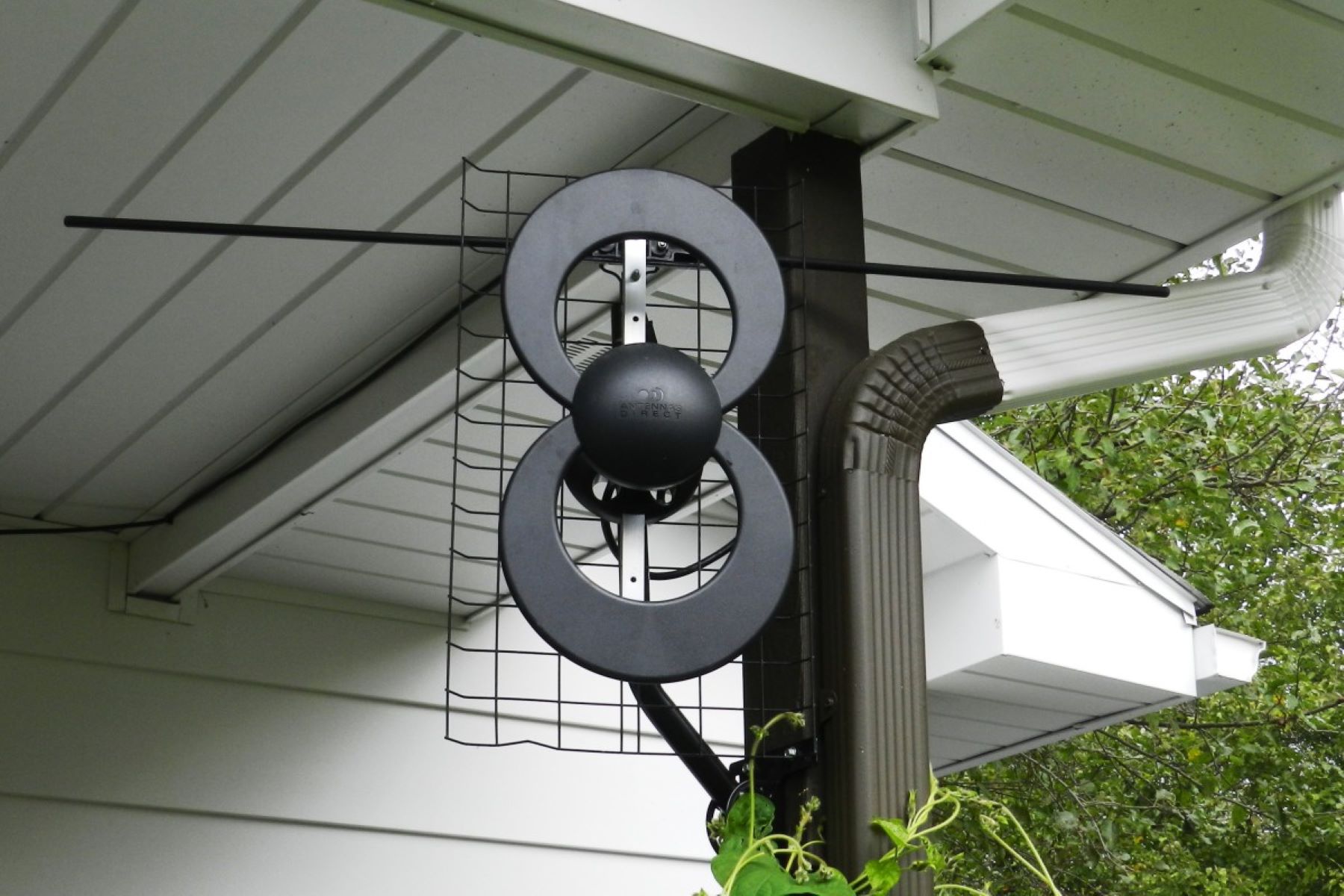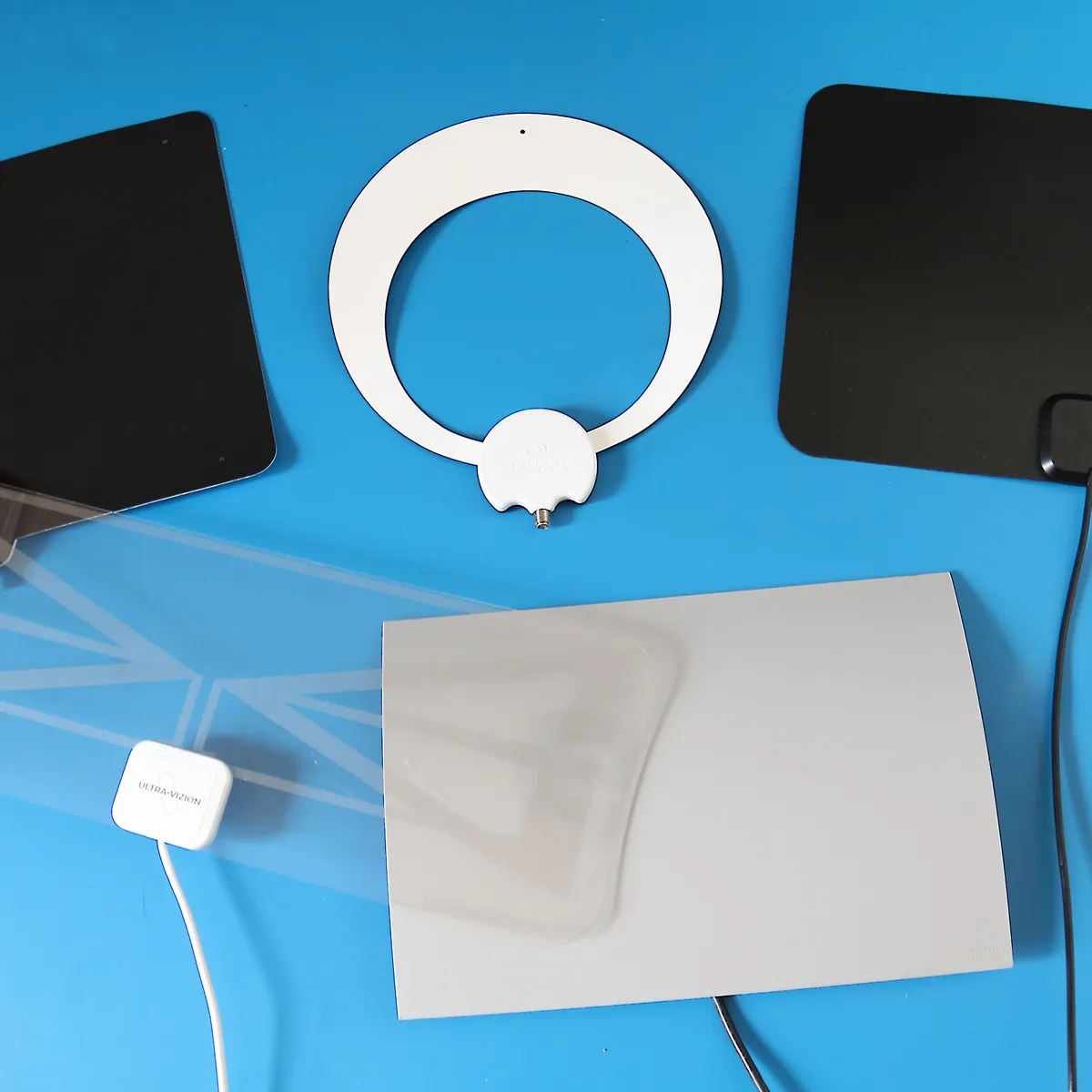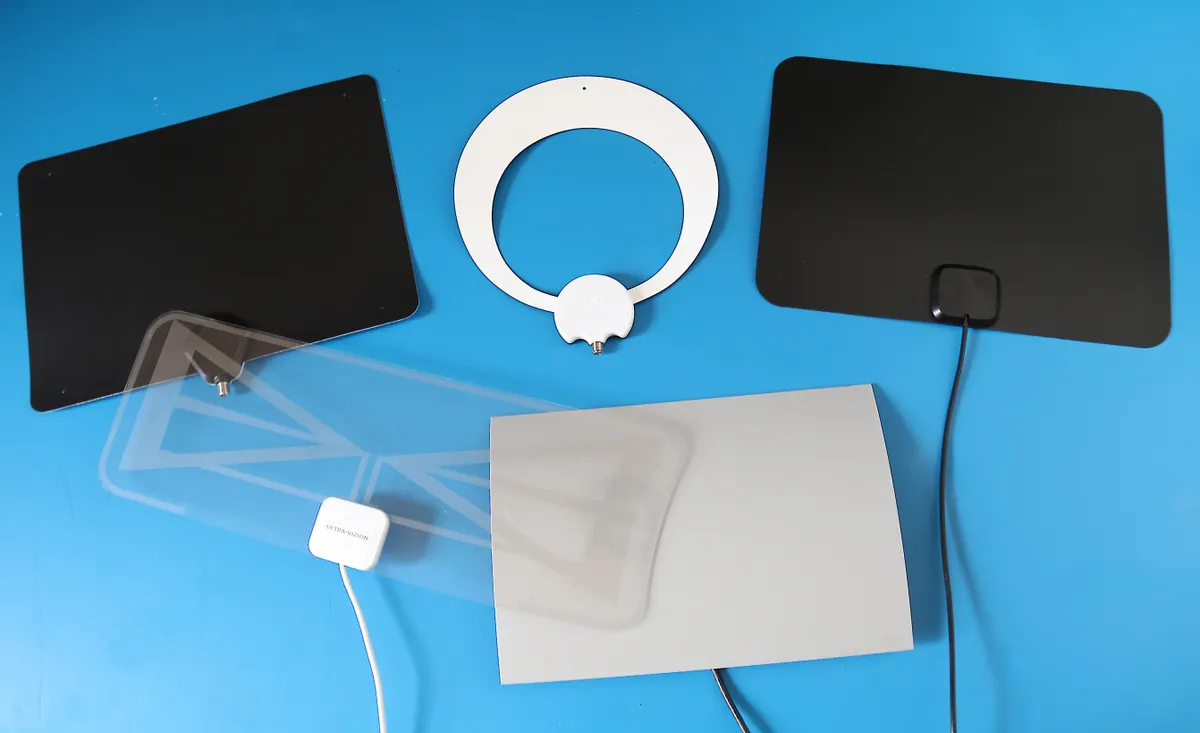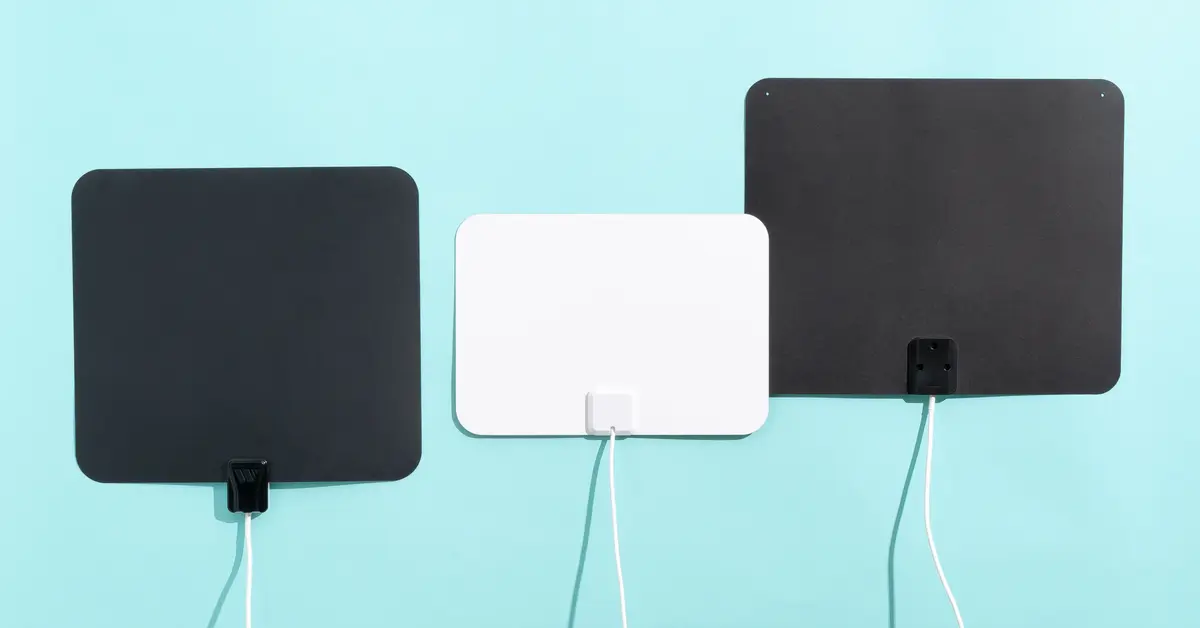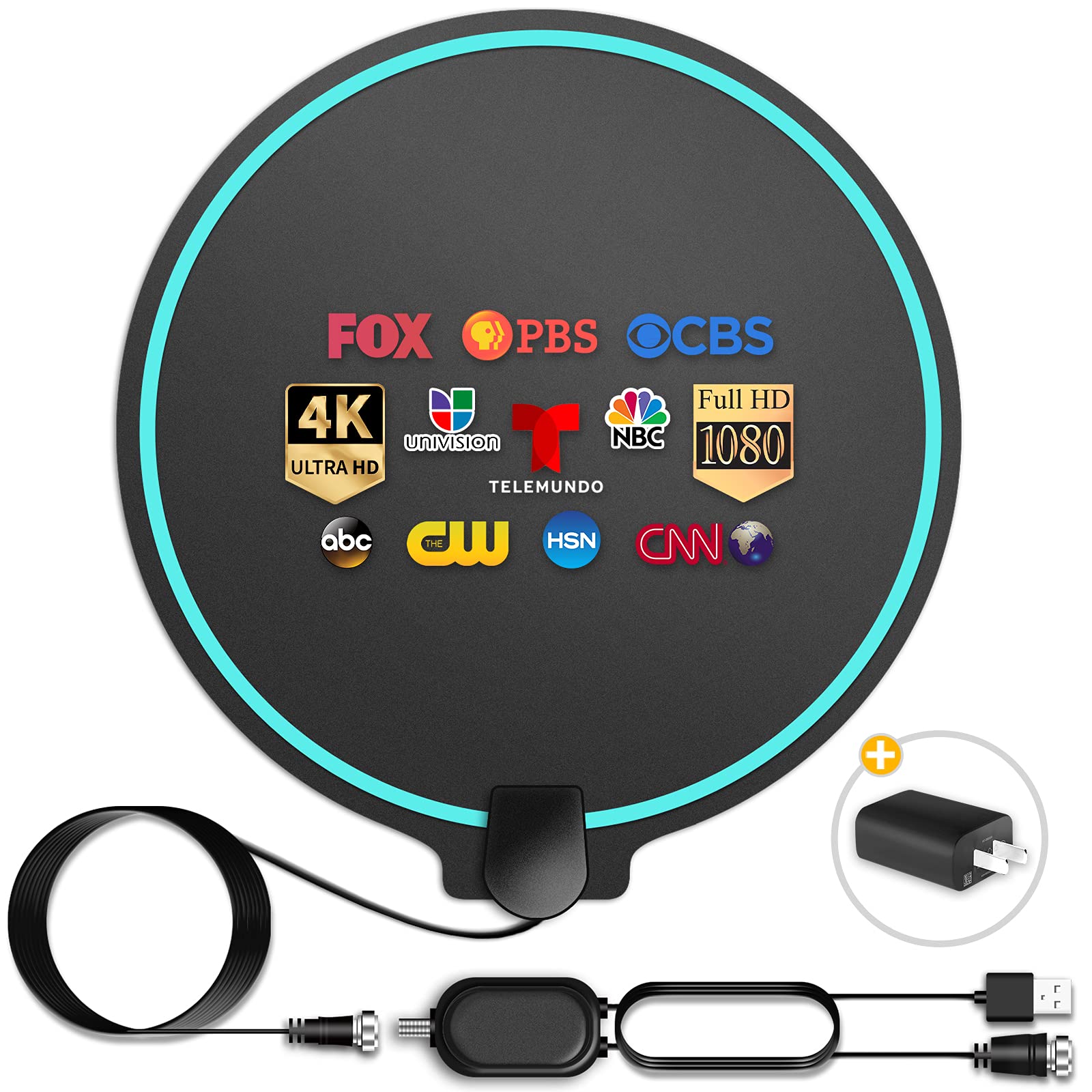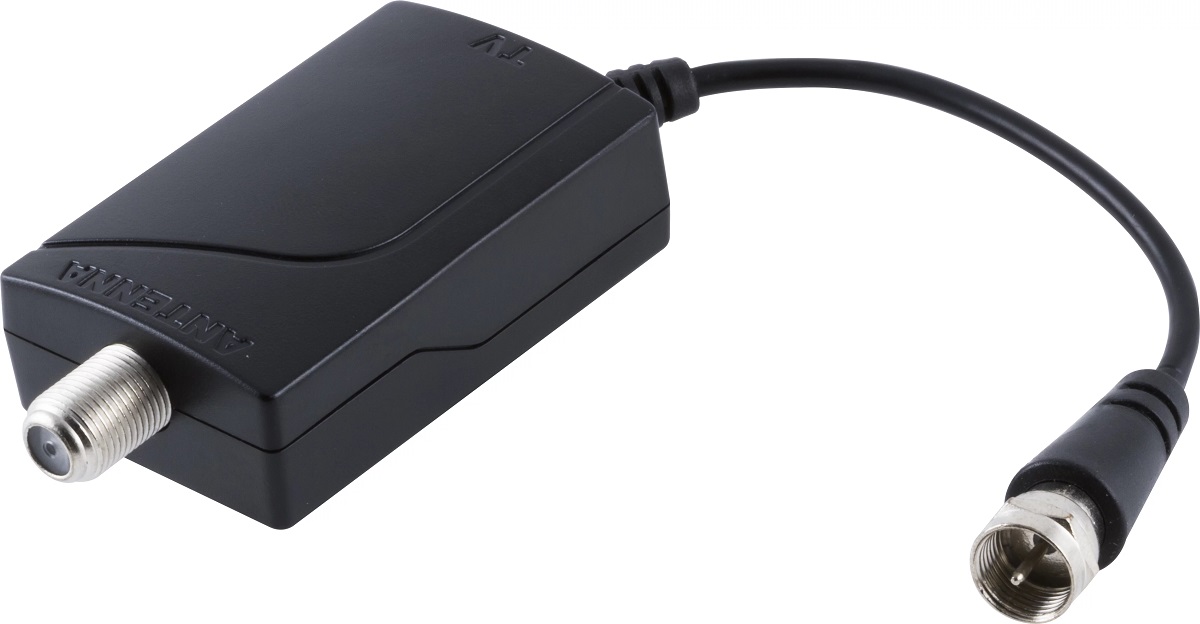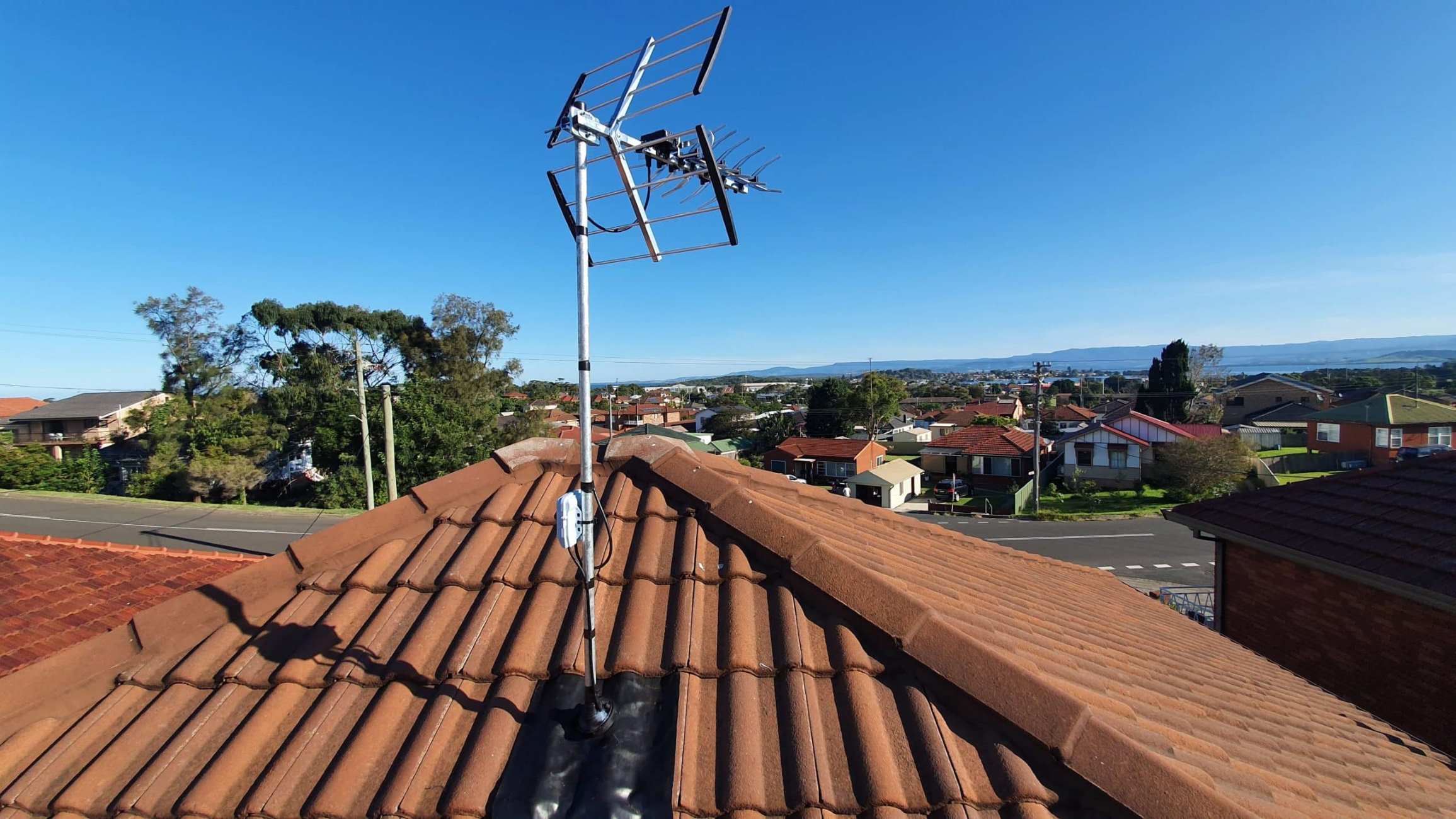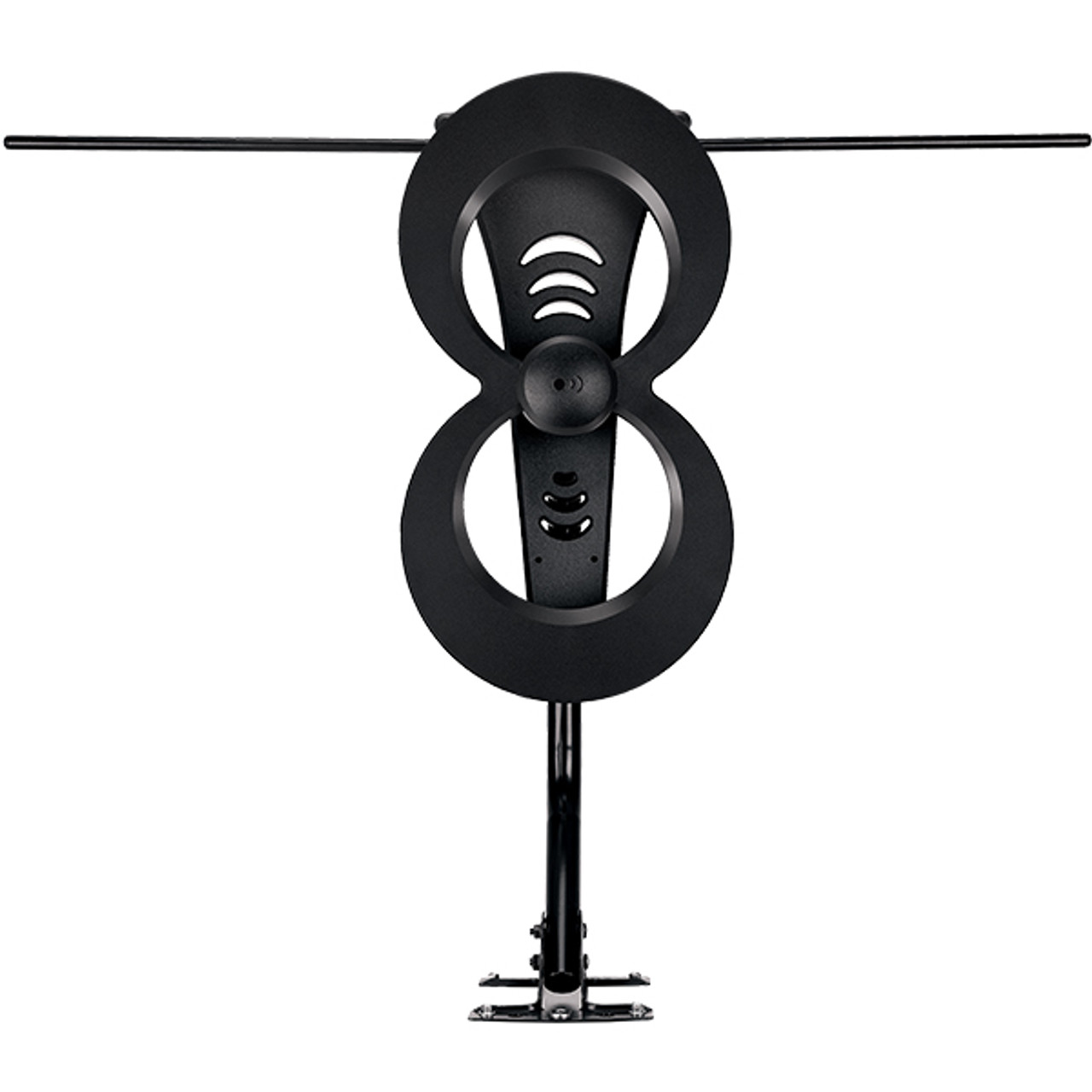Introduction
A TV antenna is a device that receives and captures TV signals from broadcast towers to provide free over-the-air channels. With the rise of cable and satellite TV, some may think that TV antennas are obsolete. However, they still play a role in many households, especially for those who want to cut the cord and enjoy local channels without monthly fees.
Whether you’re considering purchasing a TV antenna or already have one, understanding its range is crucial. How far can a TV antenna reach? The answer to this question depends on numerous factors, including the antenna type, location, terrain, and external factors that can affect signal strength.
In this article, we will explore how TV antennas work and the various factors that determine their range. We will also discuss the different types of TV antennas and whether indoor or outdoor options offer a longer reach. Additionally, we will examine ways to enhance the range of your TV antenna and if your geographic location can impact its effectiveness. Finally, we will provide some tips to improve TV reception and signal strength for optimal viewing experience.
How does a TV antenna work?
To understand how a TV antenna works, we need to first grasp the concept of over-the-air TV signals. These signals are transmitted by TV stations from broadcast towers and travel through the air to reach homes with a TV antenna.
A TV antenna is designed to receive these signals, which are electromagnetic waves carrying audio and video data. The antenna consists of conductive elements that pick up the waves and convert them into electrical signals. These signals are then passed through a coaxial cable to the TV tuner, which processes and decodes the audio and video information.
The range of a TV antenna depends on its design and the frequency range it can capture. Most TV stations transmit signals in the UHF (Ultra High Frequency) and VHF (Very High Frequency) bands. Therefore, a TV antenna needs to be capable of receiving both UHF and VHF signals.
The size and shape of the antenna elements determine the wavelengths it can pick up. Longer elements are more suited for lower-frequency VHF signals, while shorter elements are better for higher-frequency UHF signals. Modern TV antennas often incorporate a combination of elements optimized for both VHF and UHF frequency ranges.
It’s worth noting that TV signals are affected by obstacles such as buildings, trees, and even the curvature of the Earth. Therefore, the placement and orientation of the TV antenna can significantly impact signal reception. Experimenting with different positions and angles may be necessary to achieve optimal signal strength and quality.
In summary, a TV antenna receives over-the-air TV signals by capturing electromagnetic waves and converting them into electrical signals. The antenna’s design and frequency capabilities determine its range, while signal reception can be affected by obstacles and the antenna’s placement.
Factors that affect the range of TV antennas
The range of a TV antenna can be affected by several factors. Understanding these factors can help you optimize your antenna setup for better reception. Here are some key factors to consider:
- Transmitter Power: The power output of TV stations can vary, and higher-powered stations have a greater reach. If you live closer to a transmitter with higher power, you’re more likely to receive a stronger signal.
- Antenna Gain: Antenna gain refers to how effectively the antenna can capture signals. Antennas with higher gain can receive weaker signals and provide better reception. Different antenna designs and sizes can affect gain.
- Frequency Range: As mentioned earlier, TV stations transmit signals in the UHF and VHF bands. Some antennas are designed to receive both frequency ranges, while others may focus on one. Make sure your antenna matches the frequency range of the stations you want to receive.
- Obstacles and Interference: Buildings, trees, mountains, and other physical obstacles can block or weaken TV signals. Similarly, electronic devices such as appliances, routers, or nearby transmitters can cause interference. Clear line-of-sight to the broadcast towers is ideal for optimal reception.
- Antenna Placement and Orientation: The position and direction of your TV antenna can significantly impact signal reception. It is recommended to position your antenna as high as possible and point it towards the broadcast towers for better signal capture.
- Cable Quality: The quality and length of the coaxial cable between your antenna and TV can also affect signal loss. It is essential to use good quality cables and keep the cable runs as short as possible.
It’s important to note that the range of a TV antenna can vary greatly depending on these factors. While some locations may have excellent signal strength and a long reach, others may require additional measures such as amplifiers or outdoor antennas to improve reception.
By considering these factors and optimizing your antenna setup accordingly, you can ensure better signal reception and a more enjoyable TV viewing experience.
Types of TV antennas and their maximum range
TV antennas come in various types, each with its own design and maximum range capabilities. Here are some common types of TV antennas and their respective ranges:
- Indoor TV Antennas: Indoor antennas are designed for placement inside your home, typically near a window or on a wall. These antennas are compact and easy to install but generally have a shorter range compared to outdoor antennas. The maximum range of an indoor antenna can vary, but it’s typically around 30 to 50 miles.
- Outdoor TV Antennas: Outdoor antennas are larger and more robust, making them suitable for mounting on rooftops or in attics. Due to their size and elevated positions, outdoor antennas can receive signals from greater distances and overcome obstructions better. The maximum range of an outdoor antenna can range from 60 to 100 miles or more, depending on the model and the terrain.
- Directional Antennas: Directional antennas are designed to receive signals from a specific direction. They have a focused beam that allows for better reception in one direction but poorer reception from other directions. These antennas are beneficial if the majority of your desired TV stations are located in a specific direction from your home. The range of directional antennas can vary but is generally longer than that of omnidirectional antennas.
- Omnidirectional Antennas: Omnidirectional antennas can receive signals from multiple directions without the need for manual adjustment. These antennas are suitable if your desired TV stations are spread out over different directions. However, omnidirectional antennas tend to have a shorter range compared to directional antennas.
It’s important to consider your location, the distance to the broadcast towers, and the terrain around your home when selecting a TV antenna type. If you live in a suburban or rural area with broadcast towers far away, an outdoor antenna with a longer range may be more suitable. In urban areas with shorter distances to the towers, an indoor antenna or a shorter-range outdoor antenna may suffice.
Keep in mind that these are general guidelines, and the actual range of a TV antenna can vary based on the factors discussed earlier. It’s recommended to consult with professionals or conduct thorough research to find the best TV antenna type and model for your specific location and needs.
Indoor vs. outdoor TV antennas: Which has a longer reach?
One common question when it comes to TV antennas is whether indoor or outdoor antennas have a longer reach. The answer depends on various factors, including your location, the distance to the broadcast towers, and the surrounding terrain.
Outdoor TV antennas generally have a longer reach compared to indoor antennas. This is because outdoor antennas are larger and positioned higher, which allows them to receive signals from greater distances and overcome obstacles more effectively. Outdoor antennas also have the advantage of being able to capture signals coming from different directions by adjusting the antenna’s direction.
On the other hand, indoor TV antennas have a more limited range. They are designed for placement inside your home and are often smaller and less powerful than outdoor antennas. Indoor antennas rely on capturing stronger nearby signals and may struggle to pick up weaker signals from a distance, especially if there are obstructions such as buildings or trees in the way.
However, it’s important to note that some indoor antennas boast longer ranges than others. High-performance indoor antennas with advanced designs, such as those with built-in amplifiers or extended reach capabilities, can provide better reception and potentially reach TV stations that are farther away.
When deciding between an indoor or outdoor antenna, consider your specific location and the signal conditions in your area. If you are relatively close to the broadcast towers and have a clear line of sight, an indoor antenna might suffice. However, if you are located further away or have obstructions in the way, an outdoor antenna with a longer reach may be more suitable.
Another factor to consider is the ease of installation. Indoor antennas are typically easier to set up, while outdoor antennas may require more effort, such as mounting on rooftops or in attics. It’s important to weigh the benefits and drawbacks of each option based on your specific circumstances.
Ultimately, the choice between an indoor and outdoor TV antenna depends on your individual needs and preferences. Whether you prioritize convenience, range, or signal quality, selecting the right antenna type can help ensure optimal TV reception and an enjoyable viewing experience.
Enhancing the range of your TV antenna
If you’re looking to improve the range and reception of your TV antenna, there are several steps you can take to enhance its performance. Here are some tips to enhance the range of your TV antenna:
- Optimize antenna placement: Experiment with different locations and positions to find the best placement for your antenna. Sometimes moving the antenna just a few feet in a specific direction can make a significant difference in signal strength and quality. Try placing the antenna near a window or in the attic for better reception.
- Consider an outdoor antenna: If possible, installing an outdoor antenna can extend the range and improve signal reception. Outdoor antennas are generally more powerful and better equipped to overcome obstructions such as buildings or trees.
- Use a signal amplifier: Signal amplifiers, also known as pre-amplifiers or distribution amplifiers, can boost the signal strength received by your antenna. These devices help overcome signal loss caused by long cable runs or weak signal conditions, resulting in improved overall range and reception.
- Use high-quality cables: Ensure that you use good quality coaxial cables to minimize signal loss. Cheap or old cables can introduce interference and limit the range of your antenna. Consider using thicker and shielded cables for better transmission of the TV signals from the antenna to your TV.
- Remove signal interference: Identify and eliminate any sources of interference that may impact your antenna’s range. Electronic devices such as routers, cordless phones, or other wireless devices can interfere with TV signals. Keep these devices away from your antenna or try using shielded cables to minimize interference.
- Consider a multi-directional antenna: If you receive signals from multiple directions, a multi-directional antenna can be beneficial. These antennas are designed to capture signals from various directions simultaneously, increasing the chances of receiving a wider range of channels.
- Keep antenna away from obstacles: Physical obstructions can affect the range of your antenna. Try to keep your antenna away from large obstructions like buildings, hills, or trees. Clear line-of-sight to the broadcast towers is ideal for optimal signal reception.
Remember to always rescan for channels on your TV after making any changes to your antenna setup. This allows your TV to detect and add any newly available channels.
By following these tips, you can enhance the range of your TV antenna and improve your overall TV viewing experience. However, it’s important to note that the range of your antenna will ultimately be limited by factors such as the transmitter power, frequency range, and obstacles in your specific area.
Can geographic location impact TV antenna range?
Yes, your geographic location can have a significant impact on the range and effectiveness of your TV antenna. Several geographical factors can affect the reception of TV signals. Let’s explore how your location plays a role:
- Distance to broadcast towers: The proximity of your home to the broadcast towers is a crucial factor in determining the range of your TV antenna. The closer you are to the towers, the stronger the signal you will receive, resulting in a longer range for your antenna.
- Terrain and elevation: The terrain and elevation surrounding your location can either improve or hinder TV signal reception. For instance, living in a flat terrain with minimal obstructions can allow for stronger signal reception and increase the range of your antenna. On the other hand, being in a hilly or mountainous area may hinder signal reception due to signal blockage or interference.
- Urban vs. rural areas: The type of area you live in can impact the availability and strength of TV signals. Urban areas often have multiple TV stations located nearby, resulting in stronger signals and a wider range. In contrast, rural areas may have fewer stations and longer distances to broadcast towers, which can limit the range of your antenna.
- Local broadcasting stations: The availability and strength of local broadcasting stations can vary depending on your location. Some areas may have a higher concentration of stations, increasing the range of your antenna and offering a broader selection of channels. In areas with limited stations, the range of your antenna may be more restricted.
It’s important to research the broadcast towers in your area and their estimated distances from your location. This information can help determine which type of antenna and its range are suitable for your geographic location.
Additionally, online tools such as signal mapping websites can provide detailed information about the available TV stations in your area, their frequencies, and signal strengths. These tools can assist in selecting the right antenna and optimizing its placement for reliable reception.
Keep in mind that even within the same city or region, the range and quality of TV signals can vary. Factors such as building density, foliage, and electromagnetic interference can influence the effectiveness of your TV antenna. Therefore, it’s important to consider not only your general geographic location but also the specific conditions around your home.
Understanding the impact of geographic location on TV antenna range allows you to make informed decisions when selecting and installing your antenna, ensuring optimal signal reception and maximizing the range of your antenna.
Tips for improving TV reception and signal strength
If you’re experiencing poor TV reception or weak signal strength, there are several steps you can take to improve your TV antenna’s performance. Here are some tips to enhance TV reception and signal strength:
- Rescan for channels: Perform a channel scan on your TV to ensure that you are receiving all available channels. This is especially important if you have recently installed or repositioned your antenna.
- Adjust antenna placement: Experiment with different antenna positions to find the best placement for optimal signal reception. Try placing your antenna near a window or in the attic to improve the line-of-sight to the broadcast towers.
- Use an antenna amplifier: Consider using a signal amplifier or booster to strengthen the TV signal captured by your antenna. Amplifiers help overcome signal loss caused by long cable runs or weak signal conditions.
- Check cable connections: Ensure that all cable connections between your antenna, TV, and other equipment are secure and undamaged. Loose or faulty connections can lead to signal loss and reduced reception.
- Upgrade your coaxial cable: Replace old or low-quality coaxial cables with high-quality cables to minimize signal loss. Thicker, shielded cables are more effective at transmitting TV signals and can enhance reception and signal quality.
- Install a mast or antenna rotator: If you have an outdoor antenna, consider installing a mast or an antenna rotator to easily adjust the antenna’s direction. This allows you to fine-tune the antenna’s position for optimal signal reception from different broadcast towers.
- Reduce signal interference: Identify and eliminate sources of interference that may affect your TV signal. Keep electronic devices such as routers, cordless phones, or other wireless devices away from your antenna. Use shielded cables to minimize interference.
- Perform regular antenna maintenance: Keep your antenna clean and free from debris, such as dust, leaves, or bird droppings. A dirty antenna can hinder signal reception and reduce the range of your TV antenna.
- Consider upgrading your antenna: If all else fails, you may need to upgrade your antenna to a higher-gain or more powerful model. Research antennas that are specifically designed for your geographic location and signal conditions.
Remember, every location and antenna setup is unique, so it’s essential to experiment and find the best combination of tips that work for you. If you’re still experiencing issues with reception or signal strength, it may be helpful to consult with a professional antenna installer who can assess your specific situation and recommend the best solution.
By implementing these tips, you can improve TV reception, enhance signal strength, and ensure a more consistent and enjoyable TV viewing experience.
Conclusion
Understanding the range and factors that influence TV antenna reception is crucial for optimizing your TV viewing experience. By grasping how TV antennas work and the factors that affect their range, you can make informed decisions when selecting and positioning your antenna.
We learned that TV antennas capture over-the-air TV signals and convert them into electrical signals for your TV tuner to process. Factors such as transmitter power, antenna gain, frequency range, obstacles, and antenna placement all play a role in determining the range and effectiveness of your TV antenna.
Indoor antennas are convenient but typically have a shorter range compared to outdoor antennas, which are better suited for overcoming obstacles and capturing signals from greater distances. Directional antennas focus on receiving signals from a specific direction, while omnidirectional antennas capture signals from multiple directions.
To enhance the range of your TV antenna, optimize its placement, consider an outdoor antenna, use signal amplifiers, use high-quality cables, remove interference, and possibly upgrade your antenna or perform maintenance on your existing setup.
Note that your geographic location can impact TV antenna range due to variables such as distance to broadcast towers, terrain, urban versus rural areas, and the availability of local broadcasting stations. Researching your area, signal mapping tools, and professional consultation can help you select the appropriate antenna for your location.
Improving TV reception and signal strength also involves adjusting antenna placement, upgrading cables, reducing interference, and considering antenna amplifiers or rotators. Regular maintenance and cleanliness of the antenna are also essential for optimal performance.
By considering these factors and implementing the tips and techniques discussed, you can maximize the range and effectiveness of your TV antenna, ensuring a better TV viewing experience with reliable signal reception and access to your favorite channels.







